The Crocodile’s True Colors is an attractively illustrated and compellingly written modern fable that adults and children of all ages will enjoy.
The charming fable regarding The Crocodile's True Colors has a classroom setting. Master Elephant is committed to educating his young grassland animal charges. By the end of the school year, he needs to turn his students into literate artists.
The intents of Master Elephant epitomize those of The Crocodile’s True Colors, written and illustrated by Eva Montanari and published by Watson-Guptill in 2002. Eva Montanari (born 1977) has a worldwide reputation as a children’s book author/illustrator. She is the author of the art-related adventure, detective and mystery tale Chasing Degas (2009). She also shares her experience and expertise by holding illustration/illustrator workshops in and outside Italy’s peninsula and islands from her hometown of Rimini.
The Crocodile’s True Colors indeed begins with a day on which art is the main subject. Master Elephant emphasizes the role of art and psychology in learning and practicing perspective. He prioritizes three learning objectives: getting his students to
- Feel comfortable with the vocabulary of art;
- Observe the world through open eyes and with open minds; and
- Produce art which acknowledges the true colors -- the real appearance and character -- of the subject.
Master Elephant aims to get his students comfortable with abstract, cubist, Dadaist, expressionist and futurist art. To do so, he gives a difficult but effective assignment. He has each of his five students -- gazelle, giraffe, lion, monkey, and rhinoceros -- draw what the entire school fears most: the crocodile that lives in the nearby river.
Each student draws the crocodile in a different way and with different colors. The different results express the different emotions that the crocodile inspires and the different attitudes that the students bring to the assignment. The lesson therefore is one ultimately of perspective whereby a view indicates the reference point of the viewer.
But what kind of lesson in perspective is it if instruction excludes the viewpoint of the observed? The perspective indeed opens up to include that of the crocodile who becomes splattered with paint when the set is tossed. The observed then turns into observer with the crocodile painting how he perceives his observers!
The Crocodile’s True Colors is a winsomely illustrated and written adventure story. Its beautifully illustrated themes regarding students willing to change their minds, a wise teacher, and a would-be villain will appeal to children and the young at heart of all ages.




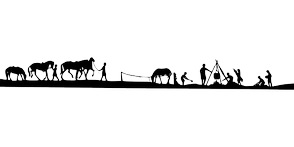

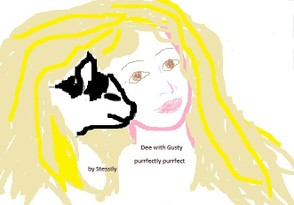
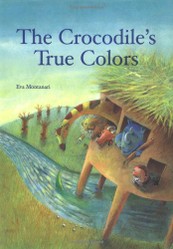

 Are Hawaiian Huakai Po Nightmarchers Avenging Halloween Thursday?on 10/02/2024
Are Hawaiian Huakai Po Nightmarchers Avenging Halloween Thursday?on 10/02/2024
 Mailing Addresses for 2023 Form 4868 Extending 1040 and 1040SR April 15, 2024, Due Dateon 04/15/2024
Mailing Addresses for 2023 Form 4868 Extending 1040 and 1040SR April 15, 2024, Due Dateon 04/15/2024
 Mailing Addresses for 2023 Forms 1040 and 1040SR Filed in 2024on 04/15/2024
Mailing Addresses for 2023 Forms 1040 and 1040SR Filed in 2024on 04/15/2024
 Mailing Addresses for 2022 Form 4868 Extending 1040 and 1040SR April 18, 2023, Due Dateon 04/13/2023
Mailing Addresses for 2022 Form 4868 Extending 1040 and 1040SR April 18, 2023, Due Dateon 04/13/2023

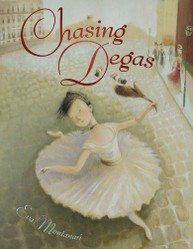
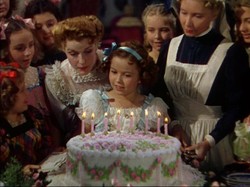
Comments